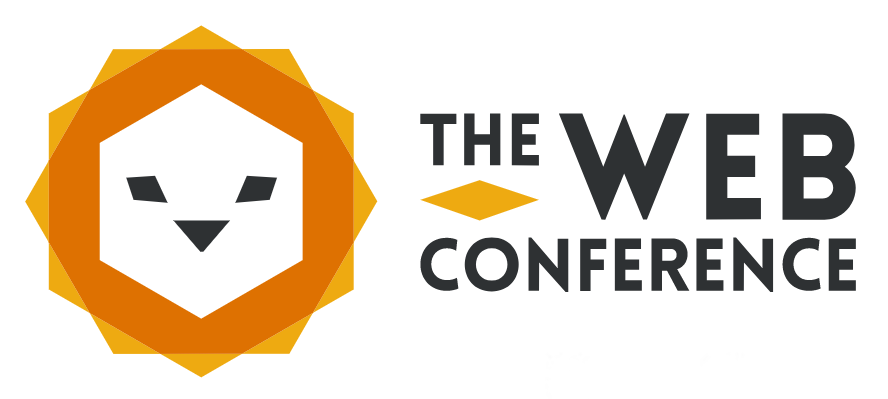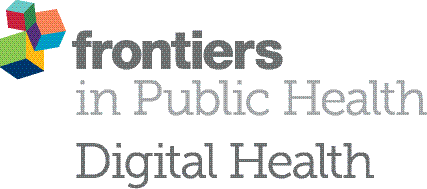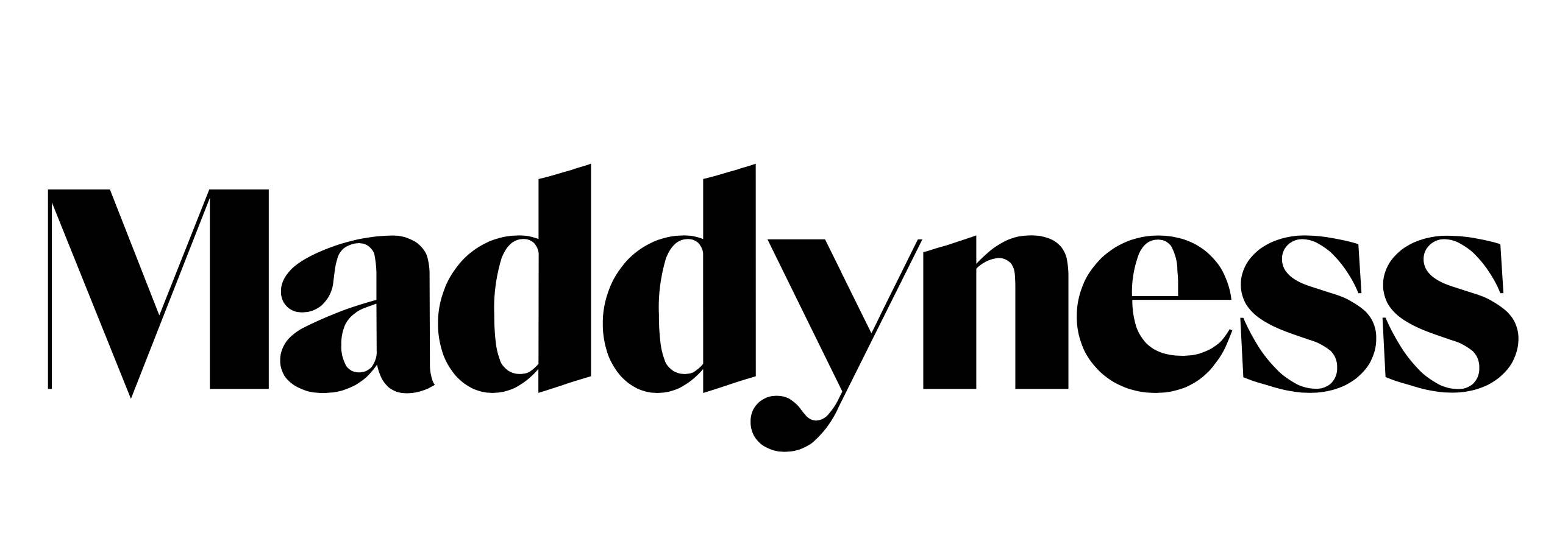Pietro Ghezzi

Role: Invited Speaker
Affiliation: Brighton and Sussex Medical School
Biography:
Pietro is professor of Experimental Medicine and Director of Doctoral Studies at Brighton & Sussex Medical School, a joint school of the University of Brighton and the University of Sussex. Although his main interest is as a biochemical immunologist with a penchant for the use of proteomics and gene expression profiling, he has an interest in biomedical information, experimental data and biomarkers, in formulating causality hypothesis and recently questioned the popular “oxidative stress theory of disease�. Pietro is also teaching information literacy and health information quality to second and fourth year medical students and is at Brighton & Sussex Medical School, educating them to assess the quality of the information about health that can be found on the Internet and the media. His recent studies on the quality of health information returned by Google have seen the use of cultural informatics to detect patterns in online health news, using Google as an environmental monitor to collect samples of the health infosphere. He has published 300 papers, mostly on the molecular mechanisms of inflammation and redox regulation.
Abstract:
People search for health information (HI) to gain knowledge about diseases or medical topics (knowledge how, information seeking) but they are also exposed to HI in the infosphere and this forms common wisdom about health topics (e.g. antioxidants are good; butter in unhealthy). In terms of information seeking (knowledge-how) of the public looking for instance how to cure a disease, the issue is HI quality (HIQ). We study HIQ using Google to obtain a sample of 200 websites following a health-related query. Each study is typically performed by a medical student. Websites are then assessed for standard HIQ (JAMA criteria), their typology (governmental, commercial, news etc.) and content analyzed (for instance: does the site promote evidence-based medicine or alternative therapies?). This helps finding if a medical topic is more at risk of misinformation. A recent example was the study on vaccines using Google in different language and from different locations (UK, US, Australia, Belgium, Italy, Singapore, Brazil, Saudi Arabia) or one on cosmetic surgery. In terms of “knowledge-that�, we are interested in knowing, for instance, how do people “know� that “antioxidants are good� (and for good what) or what disease you can cure with stem cells, and where. Using the same approach, we could identify the role of commercial sources in spreading information; or the world location of treatment centres providing not-yet-approved “stem cell therapies�. Because most information is not also online, using Google like an “environmental monitor� allow us to sample different media (health agencies, newspapers, TV, pharmaceutical companies, universities). These studies characterize an essential aspect of public health but also helped educate medical students to assess the quality of online sources and prepare them to discus with potentially misinformed patients.
Supported by:













